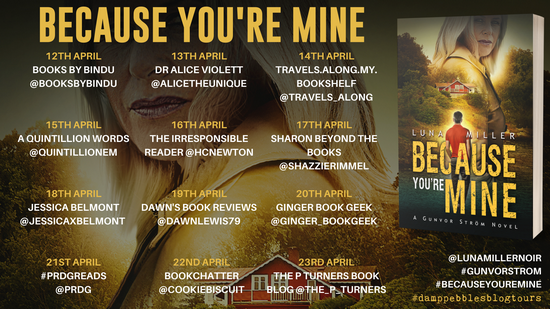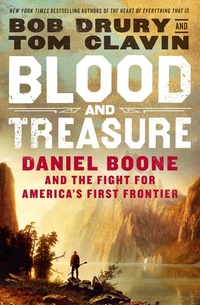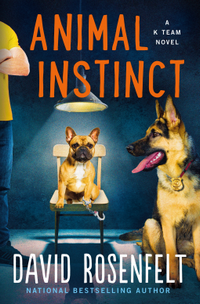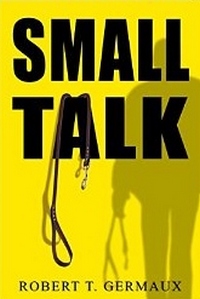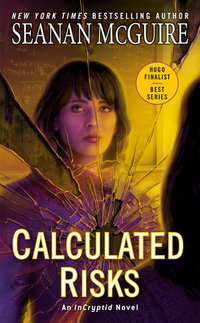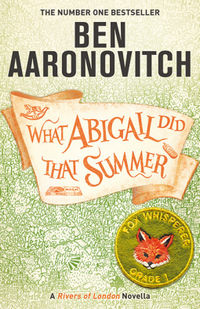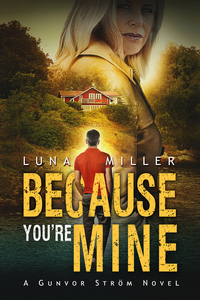 |
Because You’re Mineby Luna Miller, Ludvig Christensen Parment (Translator) Kindle Edition, 277 pg. Read: April 13, 2021 |

A Little Bit about Gunvor Ström
Two years ago, I posted about the first book about Gunvor, The Lion’s Tail*. I started off by saying, she’s “a rookie Private Investigator, forced to leave her career and changing her life after a divorce, she signs on to a Private Investigative Agency and mostly does grunt work—but does get the opportunity to do some investigative work. As much as she misses her old life, she relishes this new one (although she might like joints that are a little less painful).”
* In case you go looking for it, it has been repackaged as Looking for Alice—probably a more commercial title, even if it’s lacking the panache of the original.
She has a neighbor, Aidan, who serves as a drinking buddy (and they drink a lot), driver, and sounding board. During the case detailed in that book—her first major investigation—she ends up recruiting a couple of older teens/young adults from the neighborhood to help. The four of them somewhat jokingly dub themselves The Fruängen Bureau, and end up exposing some serious criminal activity in the course of what should have been a pretty simple inquiry.
What’s Because You’re Mine About?
It’s a few weeks later, and Aidan’s taking a friend to a nightclub to help blow off some steam after a recent breakup. While the friend is off flirting and dancing, Aidan strikes up a conversation with a woman who seems to be in a distress (he’s also attracted to her, but let’s focus on his chivalrous side—which does seem to be preeminent). She’s looking for a friend that seems to be missing—they’ve spoken almost daily for years and she hasn’t heard from him.
Aidan pretends to be much more of an investigator than he is (he’s surely picked up a few things from Gunvor, and anyway, she’ll be around soon and he can enlist her help if he needs it), asks a couple of questions, and arranges to meet the woman the next night to resume the search.
Meanwhile, Gunvor has a new client—a woman whose husband has gone missing. She insists he’s gone, she worried about his depressive bouts. His father (and employer) insists he took a two-week leave of absence. Everything Gunvor can find lines up with his father’s explanation, but the client doesn’t want to hear it.
Gunvor and Aidan end up working both disappearances together and bring in the rest of The Fruängen Bureau for assistance. Between the four of them (and a couple of new allies), they learn a few things about the two men they’re searching for—things that no one expected, but can’t seem to find either of them. Both the friend and the wife are insistent that the men be found but aren’t really forthcoming with information about themselves or the men they’re looking for. Which is strange, but the team doesn’t let that deter them.
The Fruängen Bureau
Gunvor Ström is supposed to be the protagonist of these books, but I’m not sure I see that. The first book in the series focused on her two young friends, Elin and David, at least as much as it did on her. Aidan gets the spotlight in this book—with Elin and David coming in second.* I’m utterly fine with this, it’s just odd when you have the entertaining and dynamic character that Gunvor is to set her aside.
* As always, I don’t have a word/page count or anything to back up this kind of observation. It’s the impression I walk away with.
It’s not so much the case with Aidan, but with the younger two, you see Gunvor as a catalyst for change in their lives—the events of The Lion’s Tail/Looking for Alice have changed their lives, their behaviors, attitudes, and futures. The people they encounter in this book do the same. Gunvor and Aidan seem pretty set in their identities and outlooks—but Elin and David are still works in progress. I wonder if that’s more interesting to write about, and that’s why they seem to overshadow the ostensible central character.
This isn’t a criticism, just an observation—sure, I’d like more focus on Gunvor, just because she’s interesting. But so are David and Elin, so I’m fine with that.
The Translation
This book has a different translator than the previous volume—I don’t know why. Ludvig Christensen Parment ends up capturing the same tone and feel as the previous translator did, they really feel like they were written by the same person. Which, I guess, is the point—and shows that it’s a pretty good translation. Also, on the whole, it’s really hard to tell that this wasn’t originally written in English. I think that counts as another sign that Parment did the job right.
So, what did I think about Because You’re Mine?
I spend a lot of time wondering if this was going to be how every book in this series went—Gunvor is hired to find a missing husband, only to discover that something else is going on —something possibly worse than a missing man (and probable adulterer). If so, at a certain point, I’d think that wives would stop coming to her (and/or she’d stop taking those cases). But in the meantime, it’s a perfectly decent formula for the books—and both have worked well.
Early on, I guessed what was going on in the missing person cases—and I was close to right. But what Miller did with those explanations—and the serious crimes tied to those explanations (so hard not to spoil anything there) caught me pretty off-guard. The last 20% or so of the novel really stepped up intensity and quality—it was a fine novel up to that point, then it became a good one.
I recommend this (probably more than the first, which you don’t need to read to appreciate this one, but you might as well) for a solid character-driven mystery and am very curious about what the future holds for David and Elin (and Gunvor, too).


My thanks to damppebbles blog tours for the invitation to participate in this tour and the materials (including a copy of the novel) they provided.



